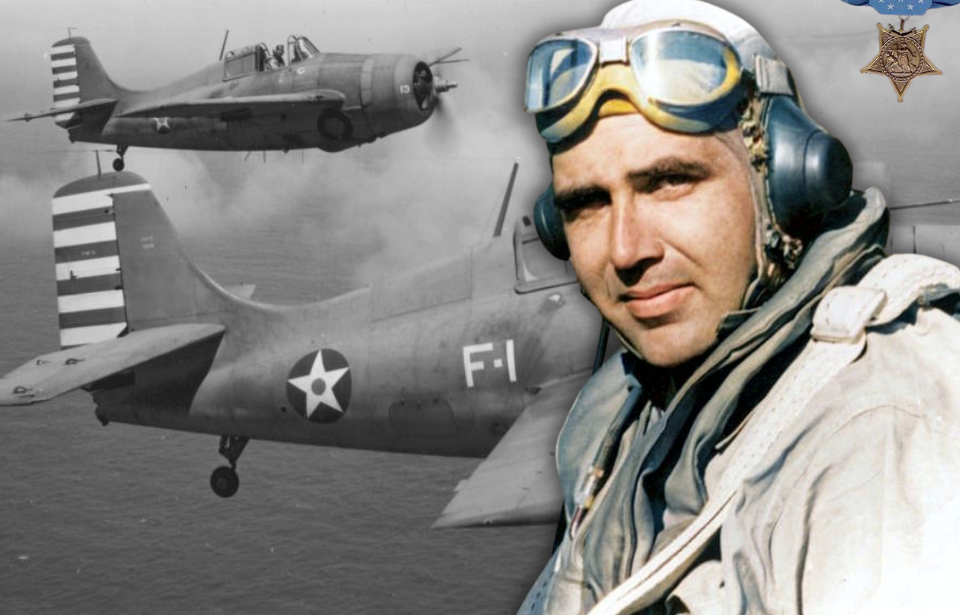Few pilots have the innate skill in the cockpit that Edward “Butch” O’Hare did. The US naval aviator was a natural, and over the course of the Second World War he demonstrated his abilities in aerial combat against the Japanese. One engagement saw him awarded the prestigious Medal of Honor. Another, sadly, led to his still-unsolved disappearance.
Edward O’Hare’s early life
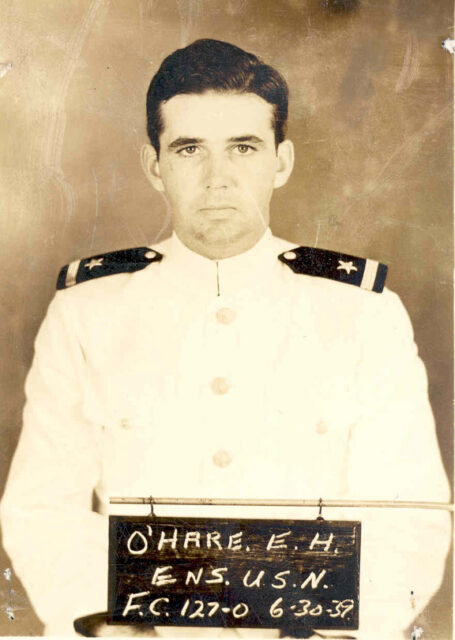
Edward Henry “Butch” O’Hare was born on March 13, 1914, in St. Louis, Missouri. His father, Edward “Easy Eddie” O’Hare, was a lawyer with ties to infamous American gangster Al Capone, and this association meant things were a little complex for the family, even more so after the elder O’Hare decided to cooperate with federal authorities. This led to his murder by masked gunmen, who were never identified.
Despite his unstable home life, O’Hare excelled academically. His father, not wanting him to follow in his path, enrolled him at the Western Military Academy in Alton, Illinois, where he became an integral member of the school’s rifle team. Following his graduation in 1932, O’Hare attended the US Naval Academy in Annapolis, Maryland, and was commissioned an ensign in 1937.
Edward O’Hare was assigned to Fighter Squadron 3 (VF-3)
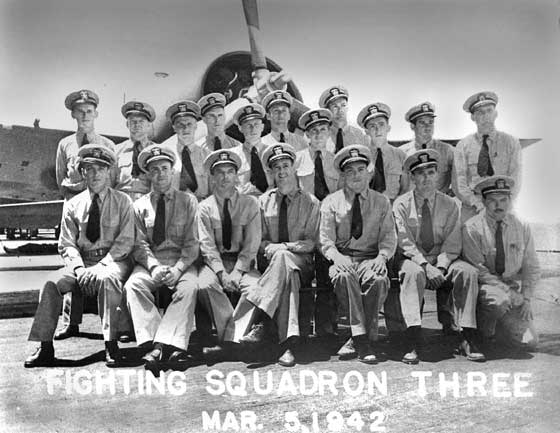
After serving aboard the USS New Mexico (BB-40), Edward O’Hare began flight training at Naval Air Station Pensacola. He had a natural aptitude for flying, which became evident as he mastered such aircraft as the Naval Aircraft Factory N3N-1, the Douglas TBD Devastator and the Vought SBU Corsair. These skills caught the attention of Lt. John Thach (mastermind behind the “Thach Weave“), who mentored O’Hare and helped him hone his abilities.
By 1941, O’Hare had been assigned to Fighter Squadron Three (VF-3), which was stationed first aboard the USS Saratoga (CV-3), then Enterprise (CV-6). He was called into active duty following the Japanese attack on Pearl Harbor that December, tasked with flying Grumman F4F Wildcats from the USS Lexington (CV-2).
Medal of Honor actions while defending the USS Lexington (CV-2)
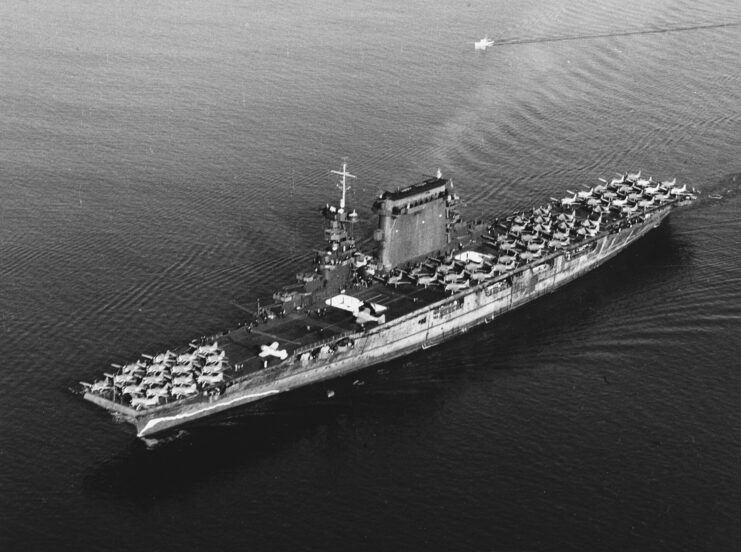
Edward O’Hare’s first major engagement took place on February 20, 1942, near Rabaul. A Japanese Kawanishi H6K “Mavis” flying boat had caught sight of the USS Lexington at sea and reported her coordinates, leading to an assault by the Imperial Japanese Navy’s (IJN) 4th Kokutai, 2nd Chutai.
As Mitsubishi G4M “Betty” bombers threatened the aircraft carrier, F4F Wildcats took off from the flight deck. O’Hare and his wingman Marion “Duff” Dufilho were held back, in case of a second wave. Before they knew it, another group of nine bombers came into view, meaning the pair needed to follow in their comrades’ footsteps.
However, as soon as they took to the air, Dufilho’s guns jammed, meaning O’Hare had to single-handedly intercept the G4Ms. He shot down five and damaged a sixth, while gunners aboard Lexington fought off the remaining bombers. Miraculously, no bombs struck the aircraft carrier during the engagement, and O’Hare’s F4F only suffered a single hit.
O’Hare’s actions that day made him the US Navy’s first Flying Ace of the Second World War. He was awarded the Medal of Honor, as well, and promoted to the rank of lieutenant commander, by order of US President Franklin D. Roosevelt.
Disappearance and presumed death
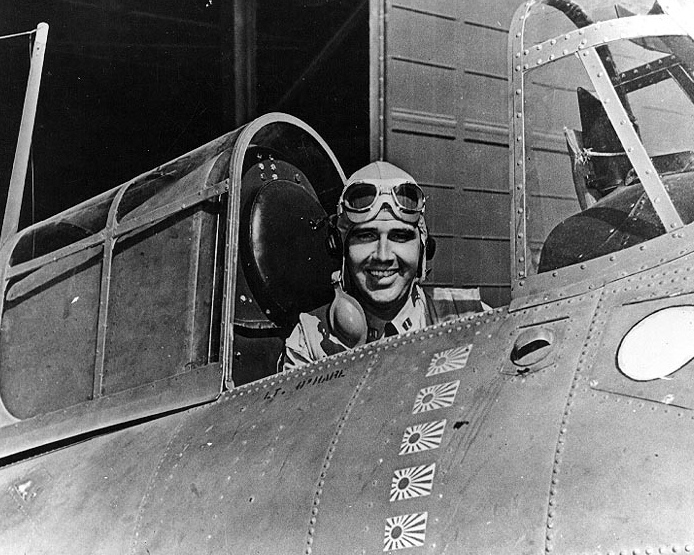
Edward O’Hare spent the next few months touring the United States, promoting the sale of war bonds. He subsequently assumed command of VF-3 (later re-designated VF-6) and trained pilots on Maui, Hawaii, after which he re-entered the fight in the Pacific Theater. He participated in major action near Marcus and Wake Islands, for which he received the Distinguished Flying Cross.
Tragically, O’Hare’s career would be cut short on November 26, 1943, during a nighttime operation near Tarawa Atoll. As part of the US Navy’s first carrier-based night fighter mission, the skilled aviator led a group of Grumman F6F Hellcats to intercept a group of Japanese bombers that had been threatening the USS Enterprise. This is when O’Hare’s aircraft disappeared without a trace into the night.
Following his disappearance, which was (and still is) presumed to be the result of either friendly or enemy fire, several searches of the region took place. No evidence of O’Hare, nor his F6F, were found, leading him to be designated as “Missing in Action” (MIA). He was posthumously awarded the Navy Cross and Purple Heart, which were presented to his family.
Enduring legacy of Edward O’Hare
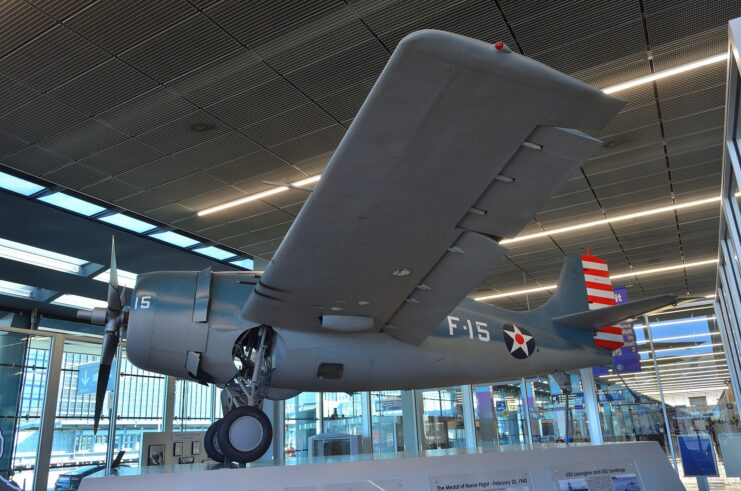
Over his short, yet action-packed career, Edward O’Hare claimed seven aerial victories and one probable. He’s memorialized at both the National Memorial Cemetery of the Pacific in Hawaii and Memorial Park Cemetery in Jennings, Missouri. As well, the USS O’Hare (DD/DDR-889), a Gearing-class destroyer, was named for him.
More from us: MoH Recipient Richard M. McCool, Jr. Ignored His Own Injuries to Rally His Men After a Kamikaze Attack
Are you a fan of all things ships and submarines? If so, subscribe to our Daily Warships newsletter!
In 1949, Orchard Field Airport in Chicago, Illinois, was renamed O’Hare International Airport in O’Hare’s honor. The site features a restored F4F Wildcat that’s similar to the one the famed pilot flew during the mission that earned him the Medal of Honor.
